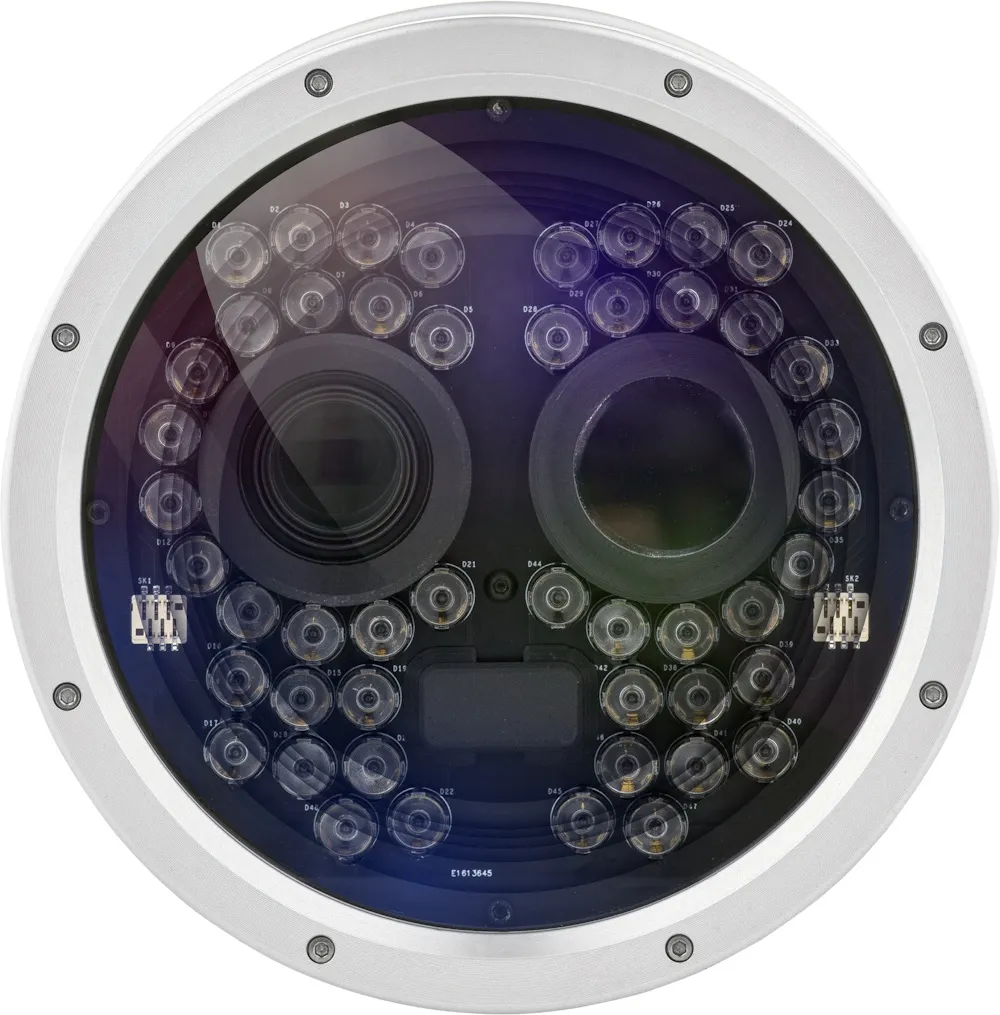Perceptics has launched a new licence plate reader (LPR) aimed at turnpike authorities and e-tolling system integrators to help capture more unpaid tolling revenue from violators. The company claims its new system is a higher performance technology designed to capture license plate data across a wider field of view than existing LPR systems, enabling authorities to read data in situations where a vehicle changes lanes. According to Perceptics, vehicles without pre-paid tolling transponders will typically ch
January 31, 2012
Read time: 2 mins

According to Perceptics, vehicles without pre-paid tolling transponders will typically change lanes at the point where LPR systems are installed so the cameras fail to read the plate, thus avoiding toll violation charges. The company claims its system reads plates even in lane change situations at a 95%+ accuracy rating. A wider-field of view also means fewer systems are required on the gantry to monitor highway lanes.
Perceptics' says its LPR system detects and counts 99% of passenger and commercial vehicle traffic and captures data across all plate types, including retroreflective and non-retro-reflective plates. The company also claims that its products are the only LPRs that give officials state identification data, which is crucial for effective toll enforcement efforts.










